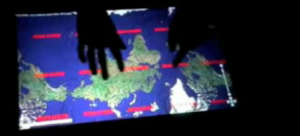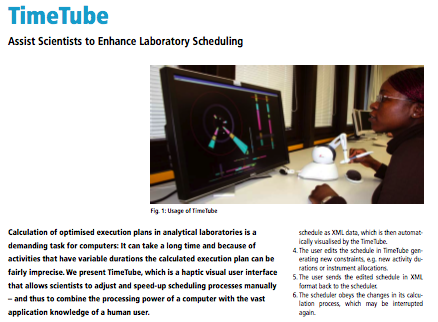Bill Buxton is the absolute expert for touch-related human computer interaction research. Bill Buxton’s impressive amount of publications has started around 30 years ago and have never ceased since then. Among other things he is a Principal Researcher at Microsoft and participates in the Microsoft Surface research.
I especially like his research work about two-handed input as it tells a lot about how two-handed input could be employed in multi-touch setups. It is simple to make applications that use two hands but it is difficult not to overstrain the user. Thus, I endorse his theory about compound tasks that apply natural tasks to each hand: E.g. when you are right-handed and you are writing a text on a sheet of paper you will use your left hand to hold the paper in place and move the paper in a way that your right hand is only writing in one region. Hence, the left hand performs gradual tasks while the right hand is doing the precise and high-frequent work. With other words, for two-handed input in multi-touch you could choose tasks (for right-handed people) that give the left hand a helper function and give the right hand a fine-tune task.
However, what I actually wanted to do in this post was to set a link to Bill Buxton’s multi-touch page.




